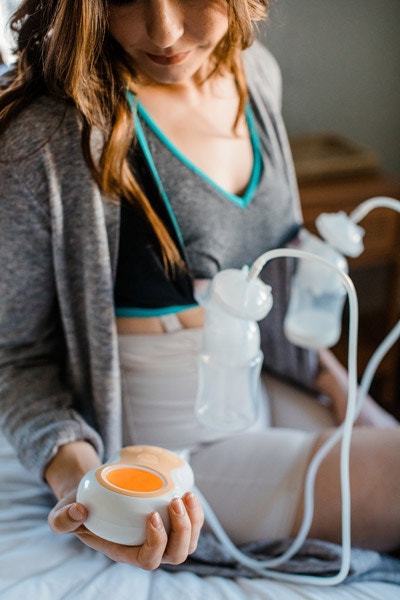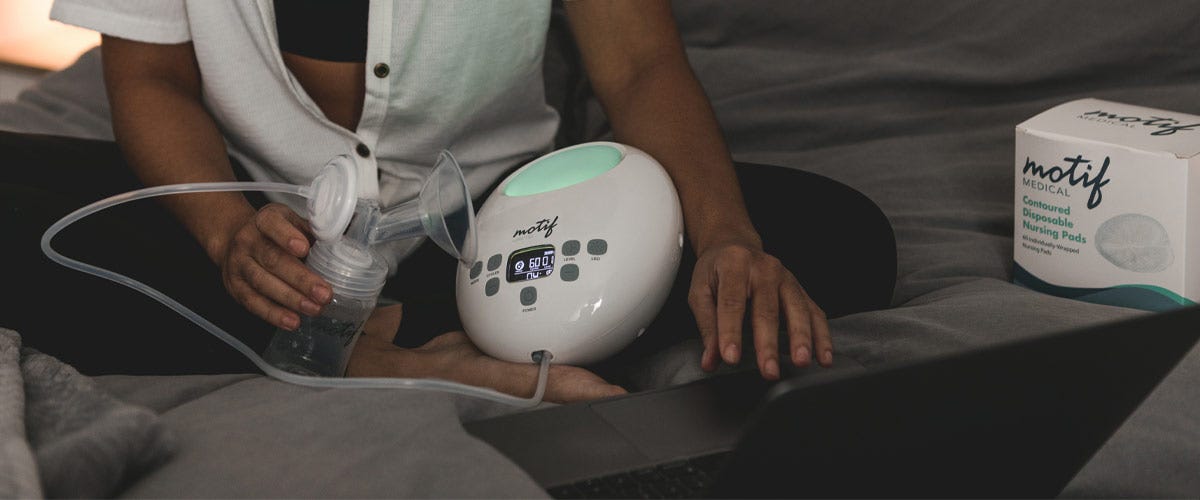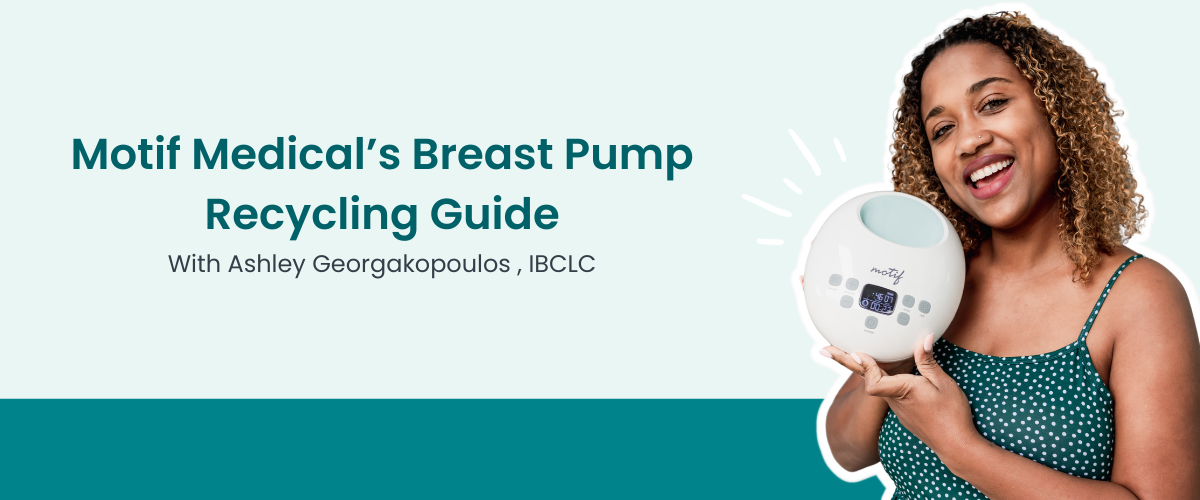Nighttime Nursing & Pumping
Pumping and nursing at night can come with its own set of challenges and questions. We had viewers ask our IBCLC and Lactation Director, Ashley, a series of their questions about nighttime nursing and pumping - see her helpful answers below!When should I start pumping?
While every new mom’s situation is different, it’s important to begin with considering when you’ll be away from your baby, or why you’re needing to pump for your baby. The main element in determining when to implement a pumping routine is “why” you’re starting! For example, if you’re returning to work when your baby is at 4 months, it’s recommended that you should start implementing a pumping routine once a day 2-3 weeks before. Here’s a great blog on Breast Pumping 101 that can help you start your pumping journey!
How can I boost breastmilk supply?
There are some great ways to help boost your breast milk supply! Here are some top tips:
- Get the appropriate and comfortable flange fit for pumping.
- Make sure you get a good latch when nursing.
- Focus on getting effective feeds & effective pumping sessions.
- Don’t skip night feeding or pumping sessions!
- Implement power pumping, it’s a great way to get the most out of your pumping sessions. You can read more about it in this great how-to blog on power pumping.
- Be sure to maintain frequency! Remember that repeated demand leads to supply!
- You can find even more detailed information on boosting supply in this blog as well!
Is it possible for me to pump more in less time?
Every mom is different, but here are some tips that may help the efficiency of your pumping sessions in this or similar ways!

- Use a new pump for every pregnancy. This helps ensure you have a pump with a brand new motor, new completely functional parts, and that nothing is worn out without your knowing. Luckily, many pumps are covered by insurance. You can check if you qualify using Motif Medical’s Insurance Lookup Tool and see which Motif pumps you’re eligible for!
- Be sure you have the correct flange size! To do this, you need to properly measure yourself for a flange (also called a breast shield)! The right flange size can make all the difference in pumping efficiency: a flange that’s too small or too big can not only make pumping painful, but it can also make a difference on how effective your pumping sessions are with expressing breast milk. Read how to correctly measure yourself for the right flange size in this blog.
- Find ways to relax during your session! There are many great ways to make pumping feel less like a chore and for you to create a comfortable, unique, relaxing space just for your pumping sessions. Read the top tips for creating this kind of space in this helpful blog.
- Remember: Even if you’re having or aiming for shorter sessions, frequency is still very important for supply and for breast health overall.
Should I keep pumping or nursing every night?Yes! You need at least one type of stimulation for releasing your milk (pumping or nursing). This is because your prolactin hormone levels are at their highest and peak between the hours of 1AM-5AM. This is the hormone in charge of making your milk! It’s particularly important to do this in the first year.
Can I pump to let my partner feed the baby at night?
Yes! This is possible and your pumping frequency will make a big difference in how much breast milk your partner has to feed the baby and ensure the baby gets as much as it would typically eat at night. Pumping needs to happen as often as your baby would feed in order to achieve this.
How do I stop pumping?
If you’re thinking about weaning or stopping pumping altogether, it’s important to do this in a really slow and controlled manner. In this transition, you need to do so very easily off of pumping so your breast milk supply can get the hint to slow down accordingly. A good example of a schedule for stopping pumping is to have 1-2 fewer pumping sessions every 2-3 days.
 What are some tips on overproduction?
What are some tips on overproduction?If you’re finding yourself experiencing overproduction of breast milk, here are some tips for both breastfeeding and pumping:
- When possible, breastfeed in a reclined position.
- Pump for 3-5 minutes to relieve pressure as needed, ideally on low/medium settings (to your comfort level).
- Occasionally soak breasts in warm, epsom salt water to make frequent feedings and pumping more comfortable and help reduce any pain.
How frequently should a 4 month old eat?On average, they should be feeding about every 2-3 hours, and maybe straight up to 4 at nighttime. This is a very interesting age because at this time they’ve hit another growth spurt and will be going through another cluster feeding week.








